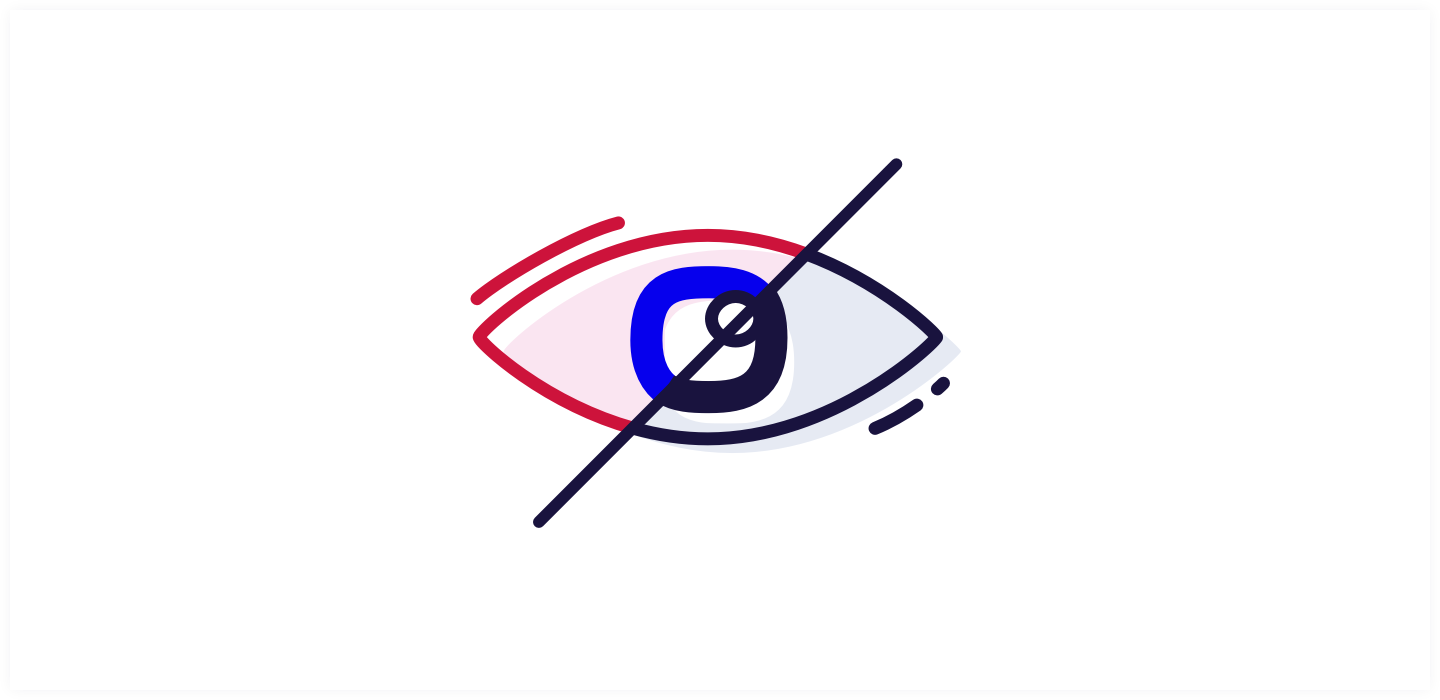

Some might think that colour blindness is the inability to see colours. Well, that’s not exactly the case. For people who are colour blind, it’s difficult to distinguish colours or certain shades of colours. The most common form of colour blindness is the inability to see the difference between green, red and black. Other names for colour blindness are colour deficiency or impaired colour vision.
Colour blindness is caused by a problem in one or more of the three sets of the eyes’ cone cells, which sense color. Because the genes responsible for a colour deficiency are on the X chromosome, men are more likely to be colour blind than women. In numbers: 8% of men and 0.4% of women are colour blind.
How does this affect daily life on the web?
When you fill in a web form and you leave a required input field empty, an error message pops up. But when the only indication that a required input field has been left blank is a red border around the field, colour blind visitors might miss that important information. Just adding a red or green border around an input field isn’t very useful to distinguish right from wrong. When designing form validation, make sure that a difference in colour is never the only indication of an error message.
Besides separating colour and meaning, there is another thing to take into account: colour contrast. Very important. Grey letters on a slightly darker grey background are stylish, but illegible for most people. And especially for people with a color deficiency. So to ensure perfect readability, also provide enough colour contrast between the text and its background.

